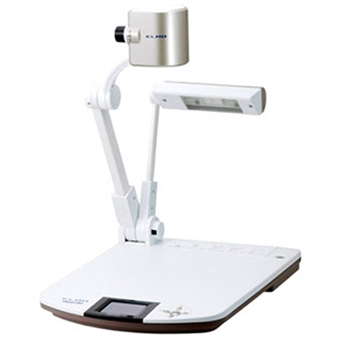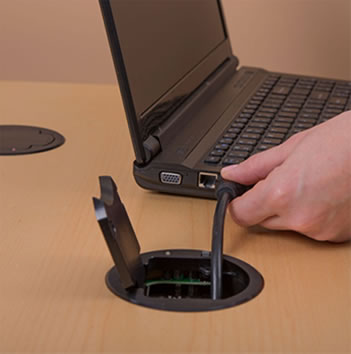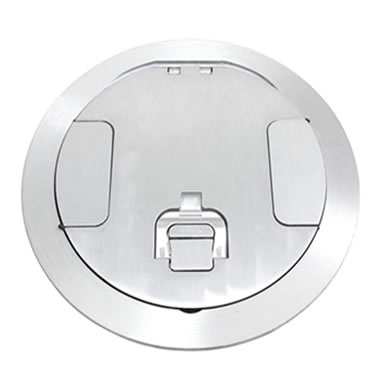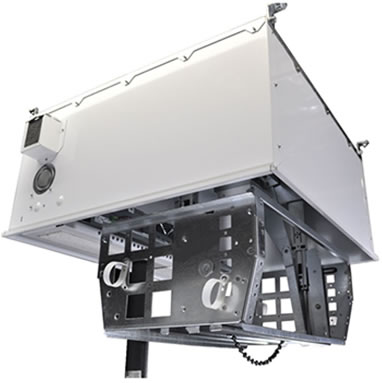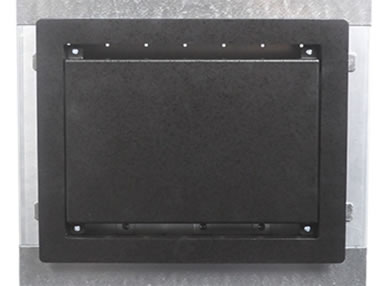
Audio mixers are used to combine audio signals, process them, and route them where they need to go. They create balance and adjust the tone quality to ensure a pleasant listening experience.
Every audio mixer has these six basic components:
- The Board
The layout of the board can be in-line or split. In-line consoles house the input section and monitoring section on the same channel strip. Split consoles have these two sections located on different halves of the board.
- Inputs
These are the entry point for the external sound sources being plugged into the mixer. Although there are many, the three most commonly found inputs on a mixer are XLR, 5 mm jack, and RCA.
- Channel Equalization
Each channel has an equalizer to allow for manipulation of the treble (high) and bass (low) frequencies. These are often used to correct for room variations that may have occurred during recording or other unnatural sounds that have been picked up. In addition, equalization can be beneficial for reducing feedback.
- Auxiliary Channels
The operator can use the auxiliary channels to send a secondary feed of an input channel’s audio signal to another destination.
- Assign and Pan
Operators can use the assign and pan function to direct certain channels to one of two stereo outputs. It can be used when going from mono input to stereo output, stereo input to stereo output or multi-channel input to multi-channel output.
- Faders
The channel fader slider is used to raise or lower the volume of each individual channel as it goes out.
Although the overall function of every audio mixer is the same and they have the same basic components, the audio signals are processed differently depending on the type of system in use. The two main types of audio mixers available are analog and digital. Here’s how they differ from one another:
Analog Audio Mixers
Analog audio mixers internally process audio signals in their analog form. They have basically been around since the beginning of audio recordings and PA systems. These mixers adjust the volume and tone of input audio through a series of handheld control knobs, faders, and switches. Once the operator is familiar with the controls, it becomes an intuitive process to adjust the system.
The two primary advantages of analog mixers over their digital counterparts that have made them a popular choice over the decades are:
- Lower cost
In a setting where only a few channels with a basic set of mixing features is needed, an analog mixer will be the less expensive option.
- Ease of Operation
Visible controls for each function allow the operator to see exactly what they are doing, and how it affects the sound. For users who are just getting started or have minimal audio mixing experience, this is a huge benefit.
Digital Audio Mixers
Digital audio mixers use digital signal processing technology to instantly change signal routing. They have the capacity to remember the positions of faders and knobs, recalling them through programming options. This is a huge time-saver when setting up for a speaker or performance.
Digital mixers have many features that give them an edge over analog mixers.
- Digital-Only Features
The rise of digital technology has allowed the development of mixing functions that were not previously available. One of the most important of these functions is automatic feedback suppression.
- Expansion
There are expandable mixers that allow for a variety of external devices to be connected to the base system.
- Multiple Functions
With a digital mixer, multiple functions can be assigned to a single control providing space saving benefits.
Deciding between analog or digital audio mixers depends heavily on how the mixer will be used and what specific functions are required. Talk to the audio experts at AV Superstore to find the right one for your specific situation.


